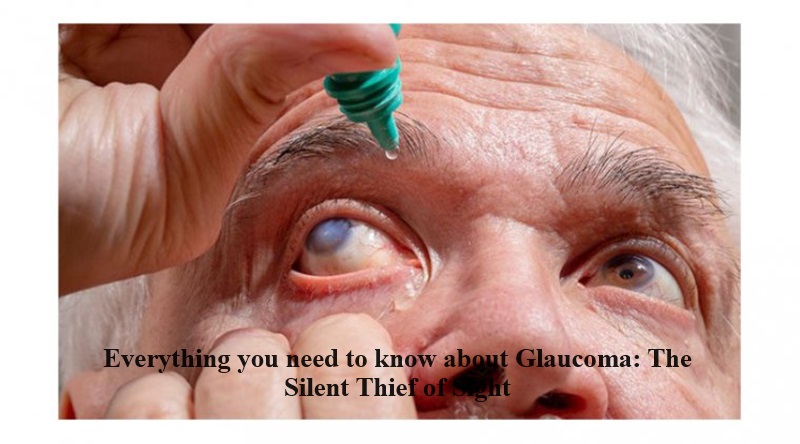
January marks Glaucoma Awareness Month, dedicated to raising awareness about this often undetected eye condition that can lead to irreversible vision loss. Globally, over 80 million people suffer from Glaucoma, with 4.5 million individuals going blind due to the disease, making it the second leading cause of blindness worldwide. In the United States, over 3 million people are affected by Glaucoma, and projections indicate a 58 percent increase to 4.2 million by 2030, according to the National Eye Institute.
Amidst the spotlight on Glaucoma during this awareness month, it’s crucial to also bring attention to another prevalent eye ailment: Cataracts. Understanding the distinctions between these two conditions is essential for comprehensive eye health awareness.
Glaucoma, often termed the “silent thief of sight,” is a group of eye conditions that harm the optic nerve, resulting in gradual vision loss. Early stages of Glaucoma typically exhibit no symptoms, underscoring the importance of regular eye exams for timely detection.
There are several types of Glaucoma, including Primary Open-Angle Glaucoma (POAG), the most common type, characterized by clogged drainage channels within the eye, leading to increased intraocular pressure. Angle-Closure Glaucoma, less common, occurs when the iris obstructs the drainage angle, causing a sudden spike in intraocular pressure. Normal-Tension Glaucoma involves optic nerve damage despite normal intraocular pressure, while Secondary Glaucoma results from another disease contributing to increased eye pressure.
Other less common types of Glaucoma include Congenital Glaucoma, Exfoliative Glaucoma, Neovascular Glaucoma, Traumatic Glaucoma, and Uveitic Glaucoma. As Glaucoma Awareness Month emphasizes the importance of early detection and management, understanding the diverse manifestations of this condition and differentiating it from other eye ailments like Cataracts is vital for promoting comprehensive eye health. Regular eye check-ups remain a cornerstone in safeguarding vision and preventing irreversible damage.

Post Your Comments